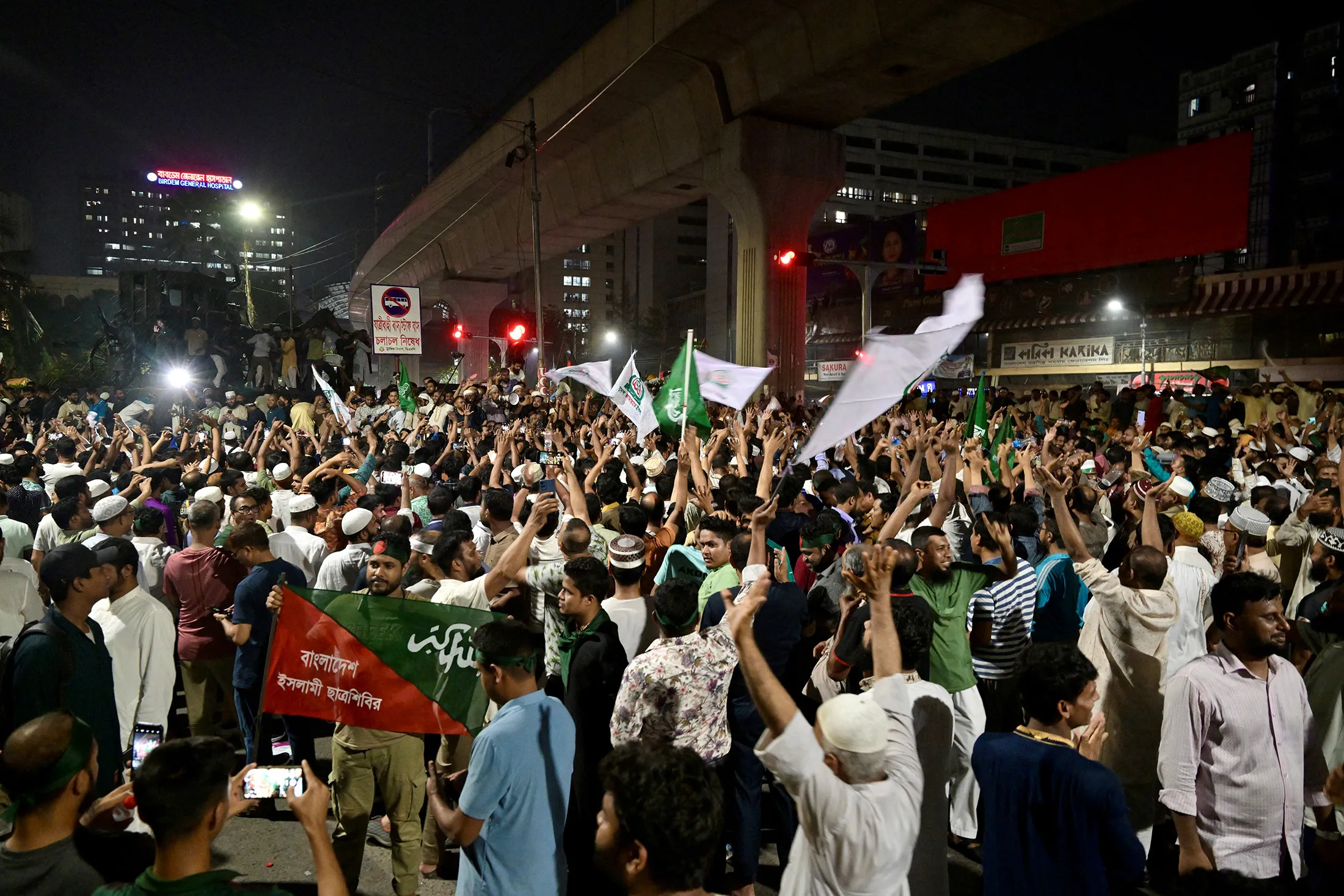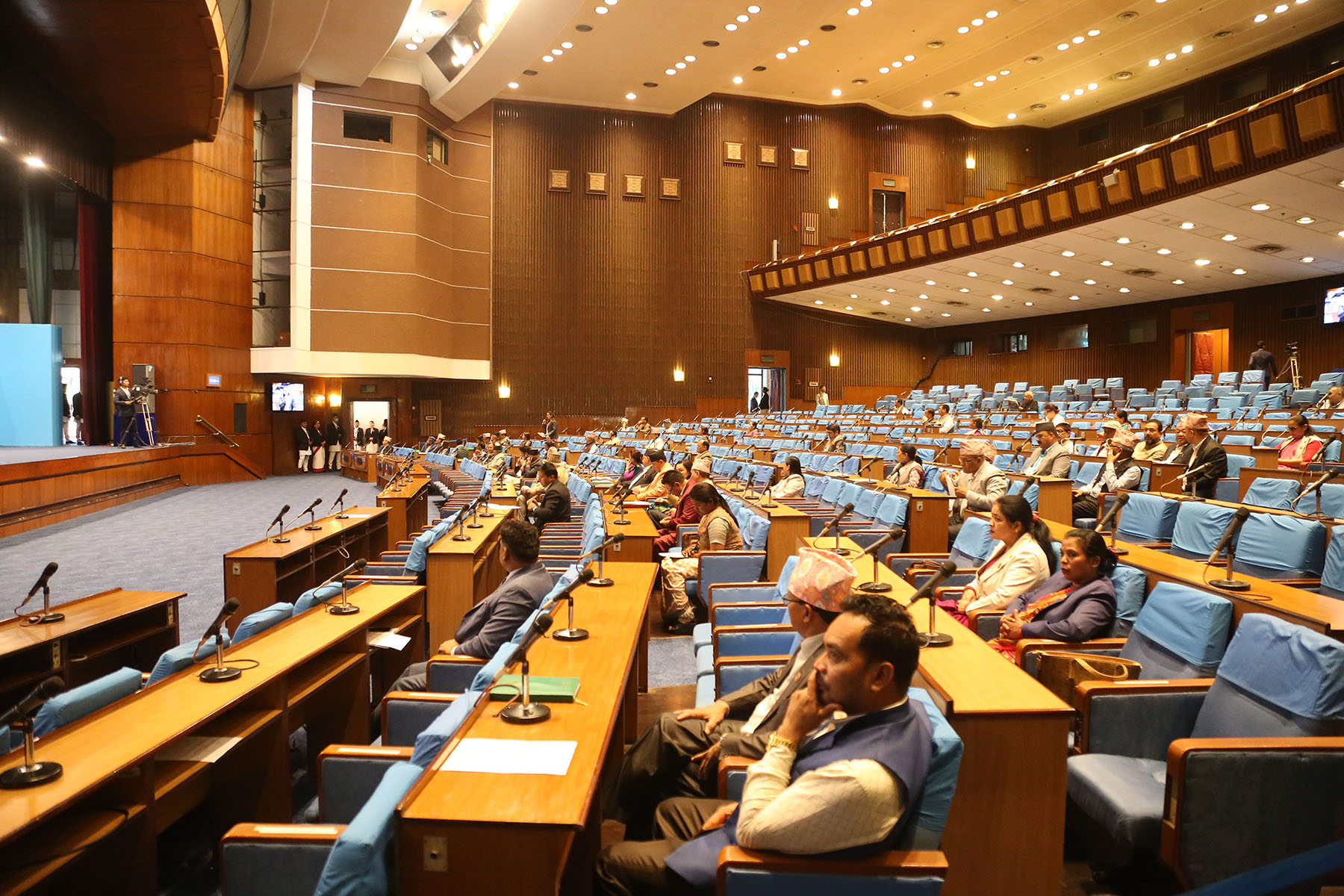Holi 2024: What is the festival of colours & why is it celebrated?
The first day of the festival is called Chhoti Holi or Holika Dahan and the second-day Dhuleti or Holi.

What is it and why do people celebrate it?
Fagu Poornima or Holi, the festival of colors, is being observed with much fanfare in hilly areas, including the capital city, today and tomorrow in the Terai region.
The festival, also called the Spring festival, marks the arrival of spring and the harvest season.
The first day of the festival is called Chhoti Holi or Holika Dahan and the second-day Dhuleti or Holi.
Holika Dahan, the death of Holika, the symbol of the triumph of good over evil, is marked by lighting a bonfire, and performing a special Puja to burn evil spirits.
The next day, people enjoy smearing one another with different colors including Abir or red vermilion powder.
Among various cultural festivals celebrated in Nepal, the Fagu Poornima carries its own specialty and significance.
People from old to young age enjoy the festival with enthusiasm. One of the widely observed festivals of the country, the festival begins on the eighth day of the new moon and ends with the burning of the ‘Chir’, which was installed earlier, on the full moon day later today.
There are lots of Hindu legends that are believed to contribute to the meaning of the festival, but there are two in particular that are thought to be the most popular – each one celebrated over the two day period.
Holika and Hiranyakashipu
On the first evening of Holi, rituals and celebrations take place around a bonfire. The legend that some believe inspires this tradition centres around two demon siblings, Holika and Hiranyakashipu.
Hiranyakashipu was a demon King and had been granted immortality… sort of. What he had actually been given were five special powers which meant he could not be killed under certain circumstances. Specifically, he could not be killed:
by animals or humans
indoors or outdoors
during the day or night
on land, air or water
by projectiles or with handheld weapons.
So, he was practically invincible. His vast power led him to believe he was a God and he forced his subjects to worship him. If they did not, they were brutally punished or killed.
Despite this, Hiranyakashipu’s son Prahlad continued to worship the Hindu god Vishnu instead of his father. The demon King, not wanting to give his son special treatment, concocted a plan to kill his son.
Hiranyakashipu roped his sister Holika into the plan. She had a special cloak that protected her from fire, so she took Prahlad into a bonfire under the cloak, with the intention of taking it away, and therefore killing him, once inside. However, the cloak flew off Holika and covered Prahlad instead, protecting him and killing her.
Meanwhile, Vishnu had seen all of this and decided it was time to get rid of the evil Hiranyakashipu once and for all.
He circumnavigated Hiranyakashipu’s five powers by:
arriving in the form of half-lion, half-human (so not animal or human)
arriving at dusk (not day or night)
appearing on a doorstep (not outdoors or indoors)
placing Hiranyakashipu on his lap (which isn’t land, water or air)
and killing Hiranyakashipu with his claws (which aren’t projectiles or a hand-held weapon)
The Holi festival is thought to take its name from the demon sister Holika. It’s also why the first evening of the festival takes place around a bonfire – it is a celebration of good over evil, light over darkness.
But it still doesn’t explain the why people willingly get coated from head to toe in colourful powder on the second day of Holi. For that, we need to turn to another legend.
The legend of Krishna
The Hindu god Krishna was quite mischievous. He complained to his mother Yashoda that he didn’t like his dark blue skin and wanted to be fairer, like the love of his life Radha.
Yashoda, who adored her son, suggested he paint Radha’s face any colour he wanted, to make him feel better. So that’s exactly what Krishna did. Krishna and Radha were still madly in love after he did this, so Radha clearly didn’t mind Krishna’s little practical joke.
Some people believe this is why, during Holi, everyone pelts each other with the perfumed gulal powder. It could also be why one of the names of Holi is the ‘festival of love’, as it is in part celebrating the love between Krishna and Radha (as well as emulating his prank).
Going colorful
Gulal powder comes in many colours and some are thought to signify specific things:
red = love
blue = Krishna
yellow = turmeric (a spice used in lots of Indian food)
green = spring
And together, they create a glorious rainbow, usually in parks and public spaces across the globe.
-BBC










